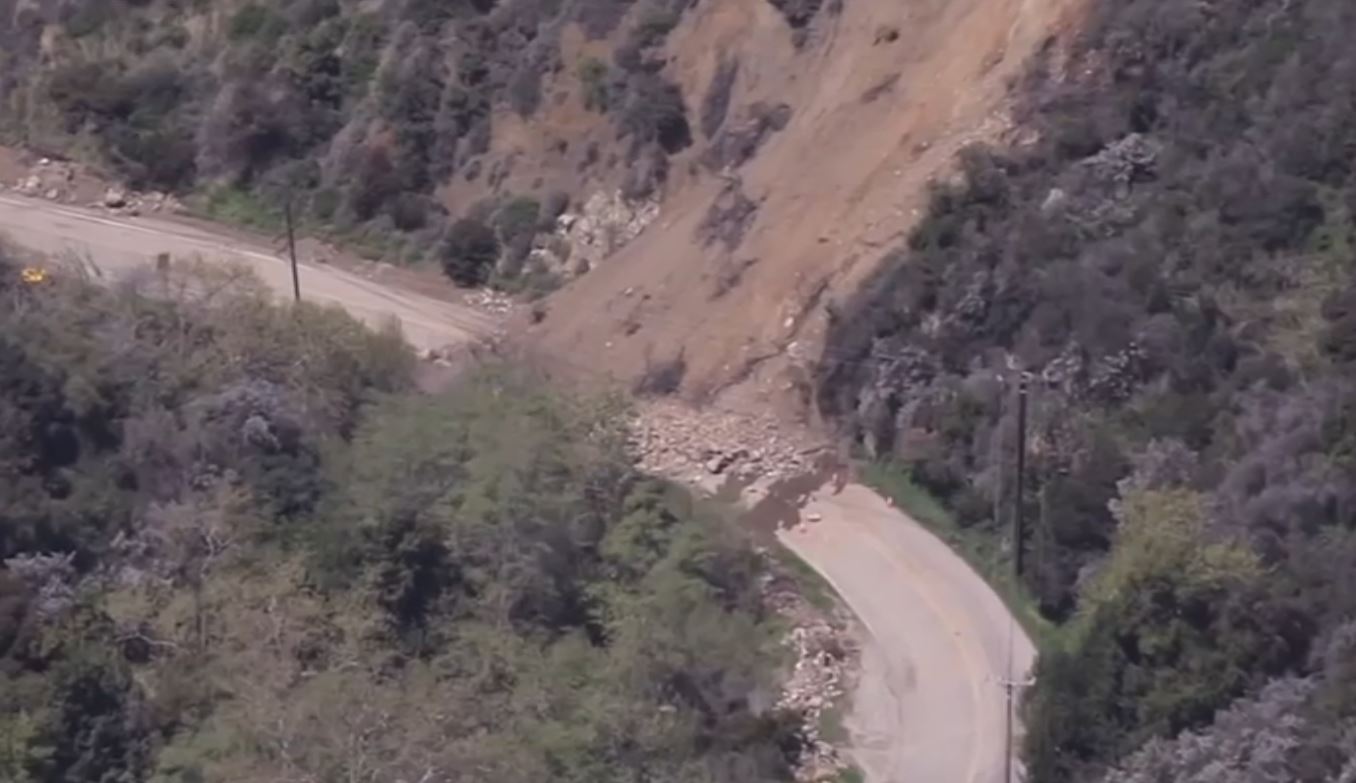A fire that sparked south of Big Bear tore through more than 600 acres of brush and heavy timber Tuesday, forcing evacuations near the mountain community.
The fire broke out Monday during one of the warmest days of the year.
A new evacuation order has been ordered as of Tuesday afternoon for Summit Blvd. East to Club View and Evergreen Dr. South.
An evacuation order was issued form Glass Road to South Fork River Road. Further evacuations were ordered just after 11 a.m., from Pine Knot South to Skyline Road, and from Knickerbocker West to Castle Rock. The Big Bear Sheriff's Department shared the updated evacuation zone on Twitter.
Get Southern California news, weather forecasts and entertainment stories to your inbox. Sign up for NBC LA newsletters.
An evacuation center was set up at Big Bear High School.
Highway 38 is closed from Angelus Oaks to about five miles west of the north junction of Highway 18 near Big Bear.
Local
Get Los Angeles's latest local news on crime, entertainment, weather, schools, COVID, cost of living and more. Here's your go-to source for today's LA news.
The fire started on the same day as a deadly wildfire to the south in the Hemet area. Two people were killed when the Fairview Fire raced through a canyon.
That fire has grown to more than 2,000 acres.
Fuel moisture levels are well below historic averages in parts of Southern California, meaning vegetation is drying out more quickly this year. Dry vegetation is one significant factor in the spread of wildfires. The state is coming of one of its driest late winters on record, leaving hillsides covered in dry brush.
California continues to face longer wildfire seasons as a direct result of climate change, according to CAL FIRE.
Scientists say climate change has made the West warmer and drier over the last three decades and will continue to make weather more extreme and wildfires more frequent and destructive. California has seen its largest, most destructive and deadliest wildfires in the last five years. In 2018, a massive blaze in the Sierra Nevada foothills destroyed much of the city of Paradise and killed 85 people, the most deaths from a U.S. wildfire in a century.
"Extended dryness originating from January is expected to continue into the spring with little precipitation, leaving most of the state in moderate to extreme drought conditions prior to summer," the state's firefighting agency said in a 2022 fire season outlook. "These continued dry conditions, with above normal temperatures through spring, will leave fuel moisture levels lower than normal, increasing the potential for wildland fire activity."



